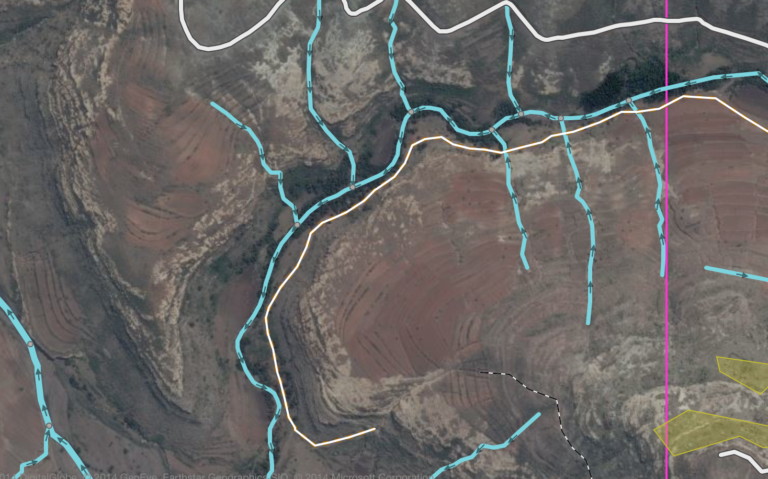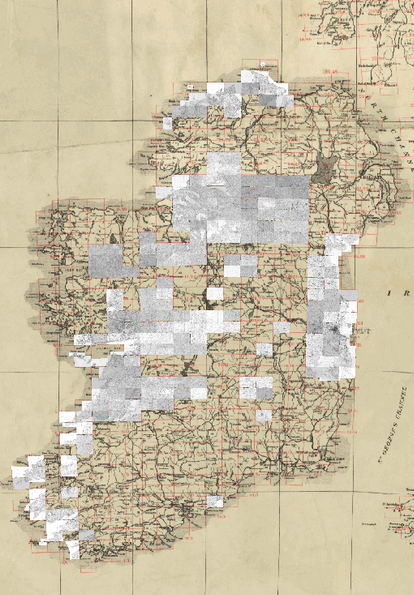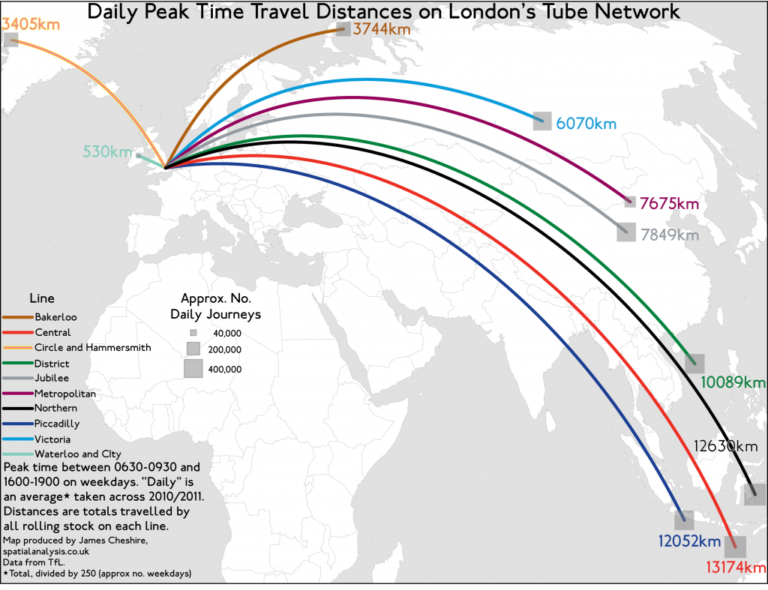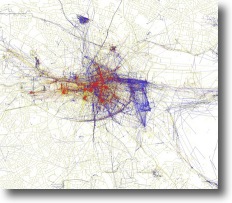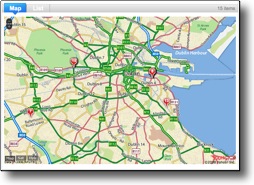From Mapper to Validator to Judge

The latest #MapLesotho project push began on 4 January. Project participants have been asked to adopt a new role – that of validator. They have been asked to move from creators working with blank sheets as part of a team…

